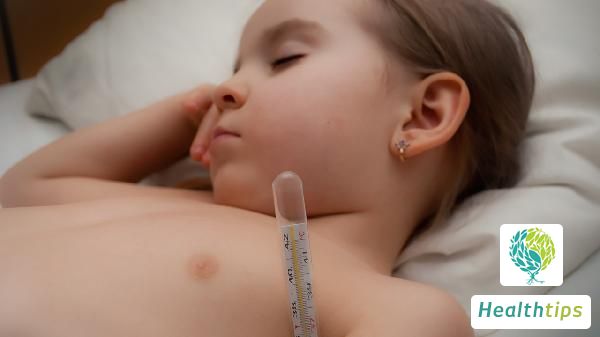"What Nursing Measures Should Be Taken for Electrolyte Imbalance?"
Nursing Measures for Electrolyte Imbalance
The nursing measures for managing electrolyte imbalance encompass consuming fresh fruits or vegetables, drinking ample warm water, and supplementing with glucose and saline solution. Here's a detailed breakdown:

1. Eating Fresh Fruits or Vegetables
Electrolyte imbalance can pose significant health risks, necessitating vigilance towards bodily changes and cooperation with nursing efforts during illness. Dietary care forms the cornerstone of nursing, where patients should incorporate fresh fruits or vegetables into their diet to adequately replenish vitamins C and B. These vitamins aid in managing diarrhea and promote fluid retention, effectively boosting the body's fluid levels.
2. Drinking Plenty of Warm Water
In daily life, staying hydrated by consuming ample warm water is crucial to prevent dehydration. Including potassium- and calcium-rich foods in the diet can further alleviate electrolyte imbalances. For patients with severe conditions, intravenous infusions may be required to restore electrolyte balance and maintain normal levels. In extreme cases, oxygen supplementation may be necessary, and limiting physical activity can help reduce oxygen consumption. Rational use of medications that strengthen myocardial contractility supports recovery and mitigates illness-related harm. Adequate rest and avoiding exertion are also essential for patients.
3. Supplementing Electrolytes with Glucose and Saline Solution
Electrolyte imbalance arises from inadequate water intake and excessive water loss. Decreased concentrations of sodium, potassium, and chloride ions in the body disrupt various bodily functions, leading to symptoms like slow heart rate, irritability, dry mouth, consciousness disorders, low blood pressure, and muscle cramps. In such instances, patients can consume glucose and saline solution, ensure adequate sleep, drink plenty of water, and take sodium and potassium supplements to restore electrolyte balance. It's imperative to actively identify and address the underlying cause of electrolyte imbalance. For example, addressing severe nausea and vomiting to elevate potassium levels, or adjusting diuretic dosage based on the patient's condition if excessive use leads to low potassium and sodium levels. Overall, a tailored treatment plan should be devised, considering the specific illness and its root causes.



















